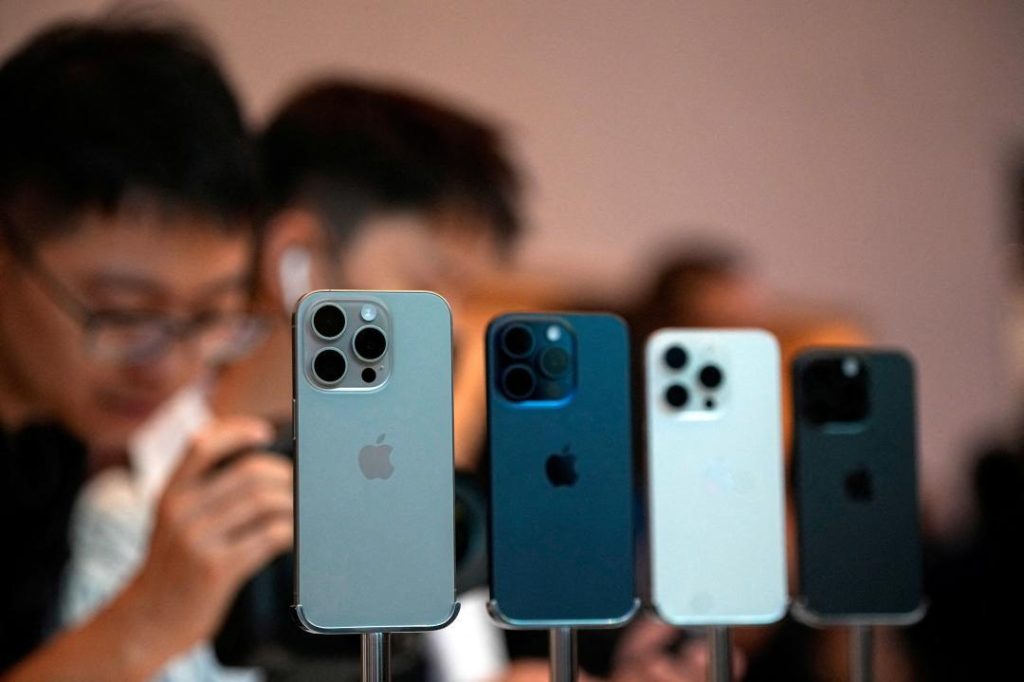
How Much Does it Cost to Make an iPhone? And How May it Change Due to US Tariffs?
The iPhone has become an essential part of modern life, with millions of people around the world relying on these devices for their daily communication and entertainment needs. But have you ever wondered how much it costs Apple to make an iPhone? The answer might surprise you. In this blog post, we’ll delve into the cost of making an iPhone and explore how US tariffs could impact the manufacturing cost of these devices.
According to a recent report by Moneycontrol, Apple spends around $580 (over ₹50,000) to make a 256GB iPhone 16 Pro. This cost includes various components, such as the A18 Pro chip, rear camera systems, and display. Let’s break down the cost of each of these components:
- A18 Pro chip: $90.85
- Rear camera systems: $126.95
- Display: $37.97
- Other components (such as memory, storage, and batteries): $325.23
These components are sourced from various suppliers around the world, with many of them being assembled in China. However, due to the ongoing trade tensions between the US and China, the US government has imposed a 54% tariff on iPhones imported from China.
If this tariff applies to the entire manufacturing cost of an iPhone, it would raise the cost to around $847 (around ₹73,400). This is a significant increase, and it could have a significant impact on the consumer price of iPhones.
But why are US tariffs so important? Well, the iPhone is a global brand, and its manufacturing process involves components from various countries. Apple has a complex global supply chain, with components sourced from companies in the US, Japan, South Korea, and China. The US tariffs are aimed at increasing the cost of importing these components from China, which could make it more expensive for Apple to produce iPhones.
The impact of US tariffs on iPhone prices is significant. If the 54% tariff is applied to the entire manufacturing cost of an iPhone, it would increase the cost of producing each device by around 35%. This could result in higher prices for consumers, which could have a negative impact on Apple’s sales and profitability.
But what does this mean for consumers? Well, if the US tariffs are applied, consumers could expect to pay more for their iPhones. This could be a significant blow to Apple’s sales, particularly in the US market. The company has already seen a decline in sales in recent quarters, and higher prices could exacerbate this trend.
So, what can Apple do to mitigate the impact of US tariffs? Well, the company could explore alternative suppliers for its components, such as those based in the US or other countries. This would help to reduce its reliance on Chinese suppliers and minimize the impact of tariffs.
Apple could also consider shifting some of its manufacturing operations to countries outside of China. While this would require significant investments in new factories and equipment, it could help the company to avoid the impact of US tariffs.
Another option could be for Apple to absorb some of the cost of the tariffs, rather than passing them on to consumers. This would require the company to take a hit on its profitability, but it could help to maintain its market share and avoid a decline in sales.
In conclusion, the cost of making an iPhone is complex and involves various components sourced from around the world. The US tariffs imposed on Chinese imports could significantly increase the cost of producing iPhones, which could result in higher prices for consumers. While Apple has various options to mitigate the impact of these tariffs, the company’s profitability and sales could still be affected.



